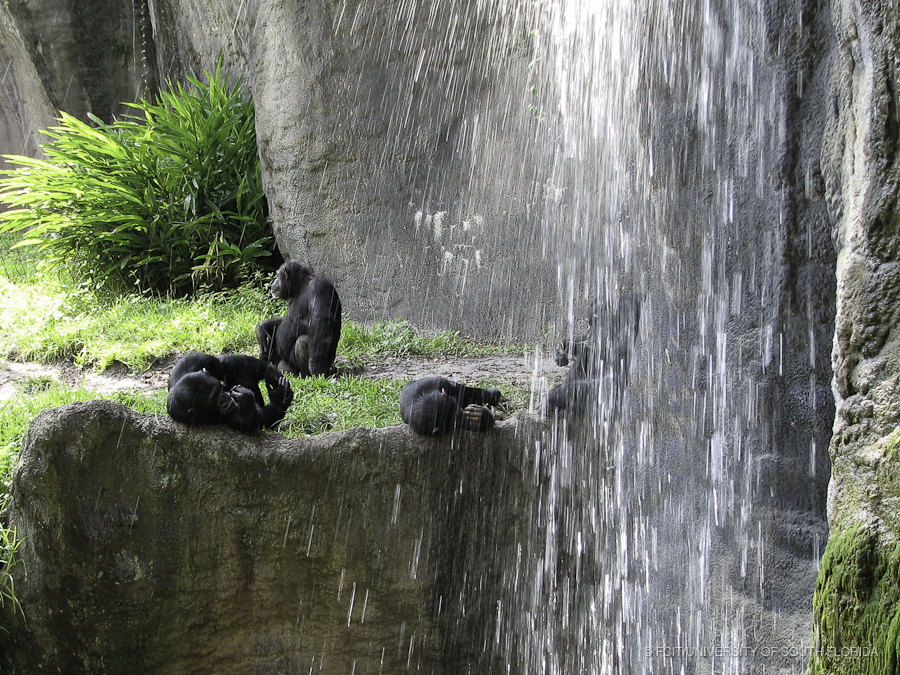 |
| The yellow-naped parrots we are trying to save, and who save us with their beauty |
South Coast, Guatemala
I just finished the first week of traveling through the South Coast of Guatemala to visit fincas (ranches/farms) that have yellow-naped amazons, and where there is a possibility to protect them. One Earth Conservation has been doing this for a couple of years, adding more "hot spots" each year. We have a little bit more money for the coming year, and I also believe that we have got to get serious about helping others protect this bird. On my last "gira" (trip) one of my colleagues who lives here said if it meant giving his life, that would be fine (not that we plan on it). But this is the level of intensity that fuels the commitment to grow this project. It also reveals that if you choose your strategy to disrupt the system, there can be backlash, especially in Latin America .
One could choose methods that mean going to "war" with the poachers and hunters that are draining the land of the wildlife here. The poaching of the yellow-naped was nearly 100% in our study area in the 1990s, and I'm guessing it's the same now, if not worse over much of Guatemala. However I don't believe meeting violence with more violence and judgment is the way to go. Yes we need the governmental agencies to enforce the laws, and probably arrest and fine a number of poachers to get them to back off. The long term effort though comes through relationships, education, awareness, study, and local community involvement and expectations. In short, you have to love the heck out of the world and model a story of interdependence, beauty, and worth. We have to lose the loops in our minds that say otherwise.
Still I find it hard to do so when it feels like getting kicked in the gut when one hears of, or witnesses, the suffering of people and parrots here, especially the typically high poaching rates. This is what we heard from the first two fincas we visited last week. One cowboy knew where all the nests were on his large finca which was about 120. He told us they were all poached. The parrots lay their eggs "para gusto" (for nothing) as the poachers come and take the eggs and very young chicks every year.
 |
| Christina, Miguel the cowboy, and Andrea |
The last finca we visited had a different story. We have been working with El Patrocinio, a private reserve, for a couple of years, and one of the workers (and sometime guide) took it upon himself to listen to us and decided to monitor the nests on the finca. This is the only place in Guatemala that I know of where some one is monitoring yellow-naped nests at this point. Our goal is to have more places do this, and for that aim, we are hiring a project manager (biology student) to coordinate getting that done during the breeding season of January - May. She and another student accompanied me on this trip.
 |
| Andrea, Christina, and Paulino, our guide |
This finca that is monitoring nests may also be one of the few places that can actually protect their nests from poaching. The guide personally saw 4 nests fledge this year. Three of these nests are part of a group of 3 nests very close together in towering Volador trees. There aren't many trees of that size, as they were cut down for crops. These Volador trees themselves are in among row after row of coffee plants, which we wove through to examine the nests.
 |
| Towering volador tree that is also a nest for yellow-naped amazons and laughing falcons |
While we were there, the volcano Santaguito erupted, and shortly there after 3 pairs of yellow napes came into the Volador trees, possibly the parents of the successful nests last year. The booming volcano set the rhythm behind the yellow-nape calls, telling us of beauty and power, the possibility in us, and in this land.
 |
| Santaguito erupting |
This finca's owner believes that it is possible to save the parrot, and that things are changing in Guatemala. They did after all just elect a comic as a President - Jimmy Morales. I'm with him, that it can be done. It will take commitment, clarity, organization, and specific requests of others to live in the story of beauty and worth.
Shall we do so?



























